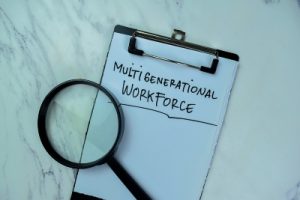
Cloud services have allowed federal agencies to meet the demands of quickly scaling digital government initiatives while maintaining a high level of security. It's also been a huge money-saver. The government has yielded $4.7 billion in savings by closing data centers and relying more and more on cloud. The federal government spent a total of $12.3 billion in FY22 on cloud goods and services, a 30 percent increase from the previous year.
To ensure agencies continue to see savings amidst increased spending, there are several initiatives in place to modernize how government procures and pays for cloud services. Continue reading







